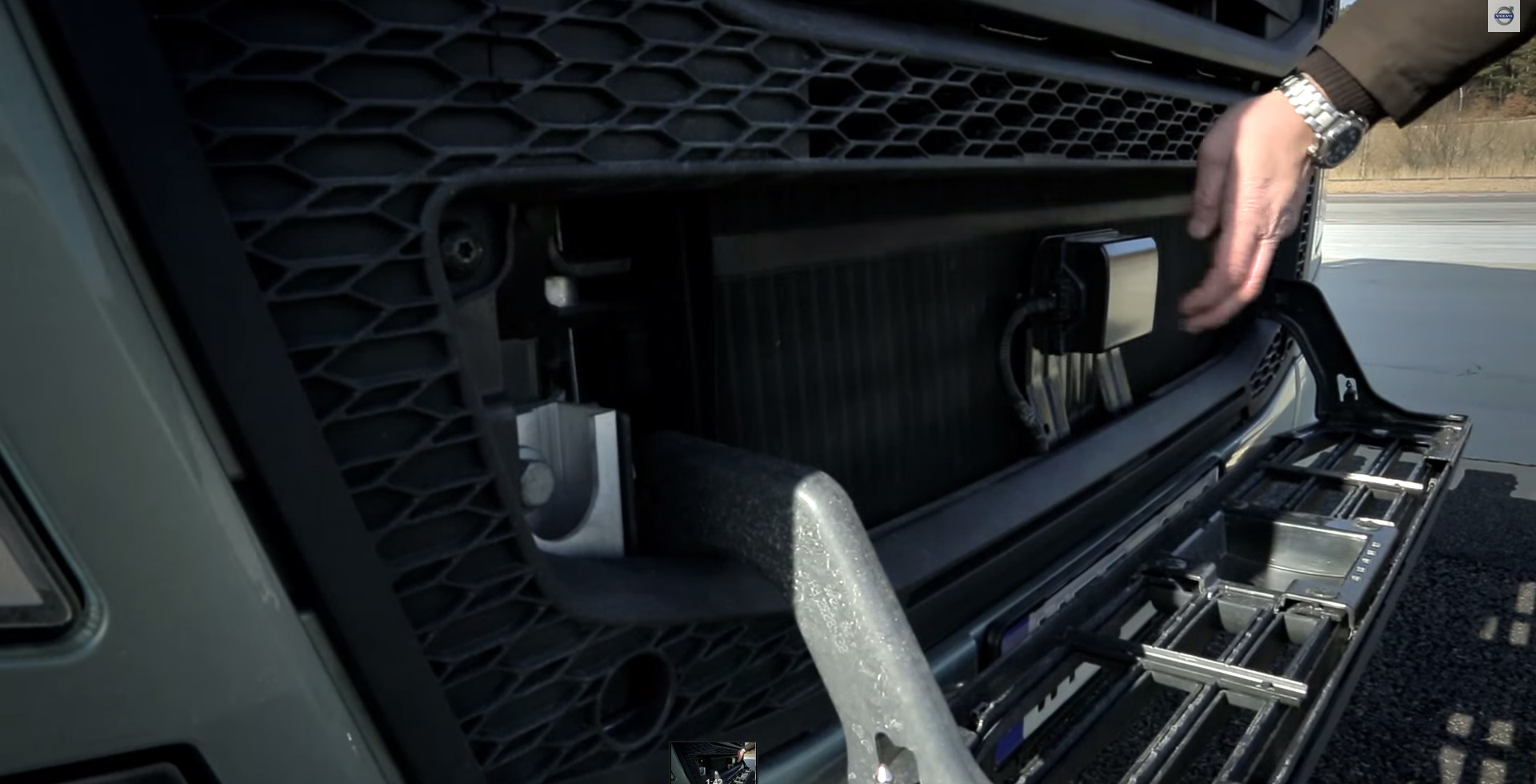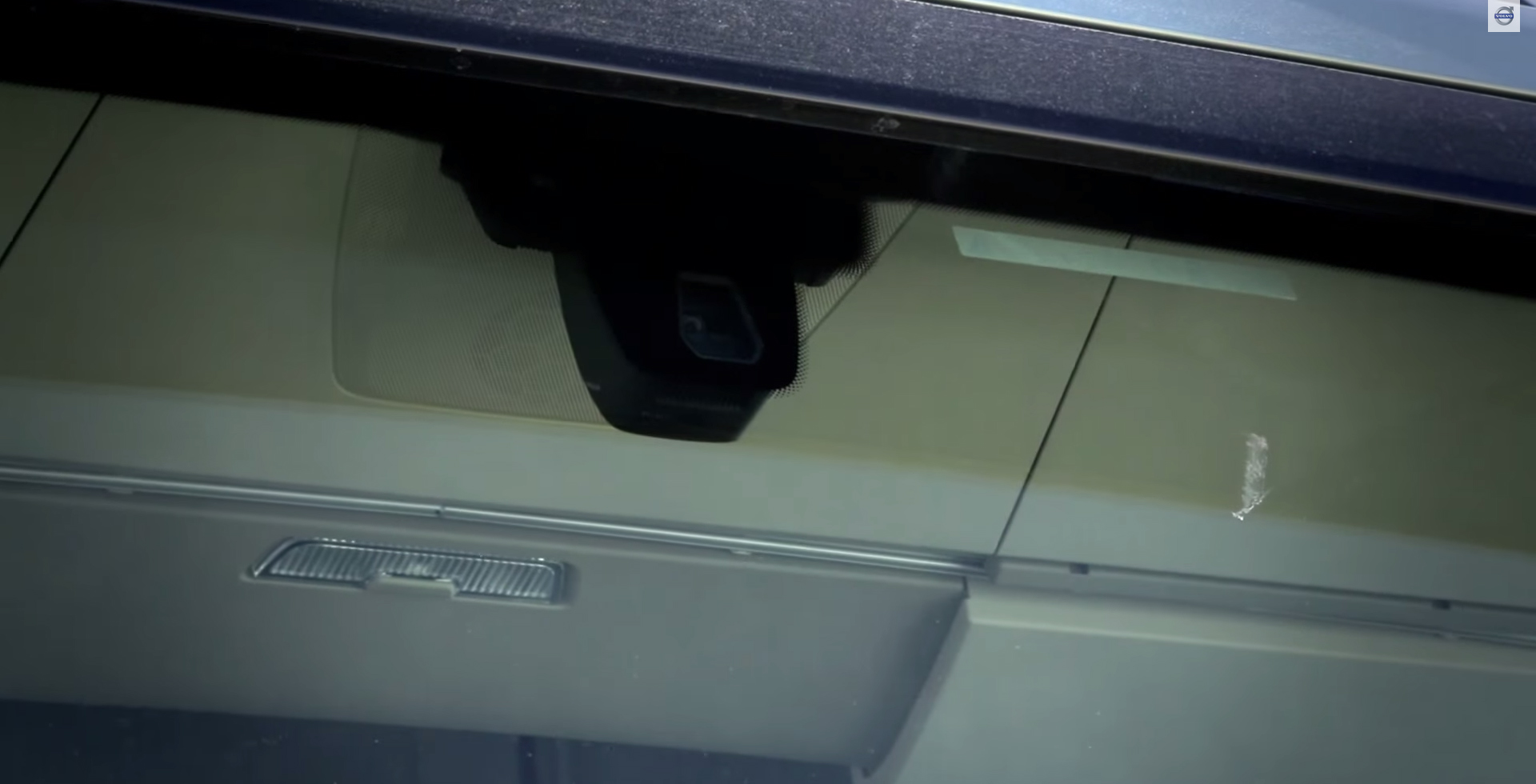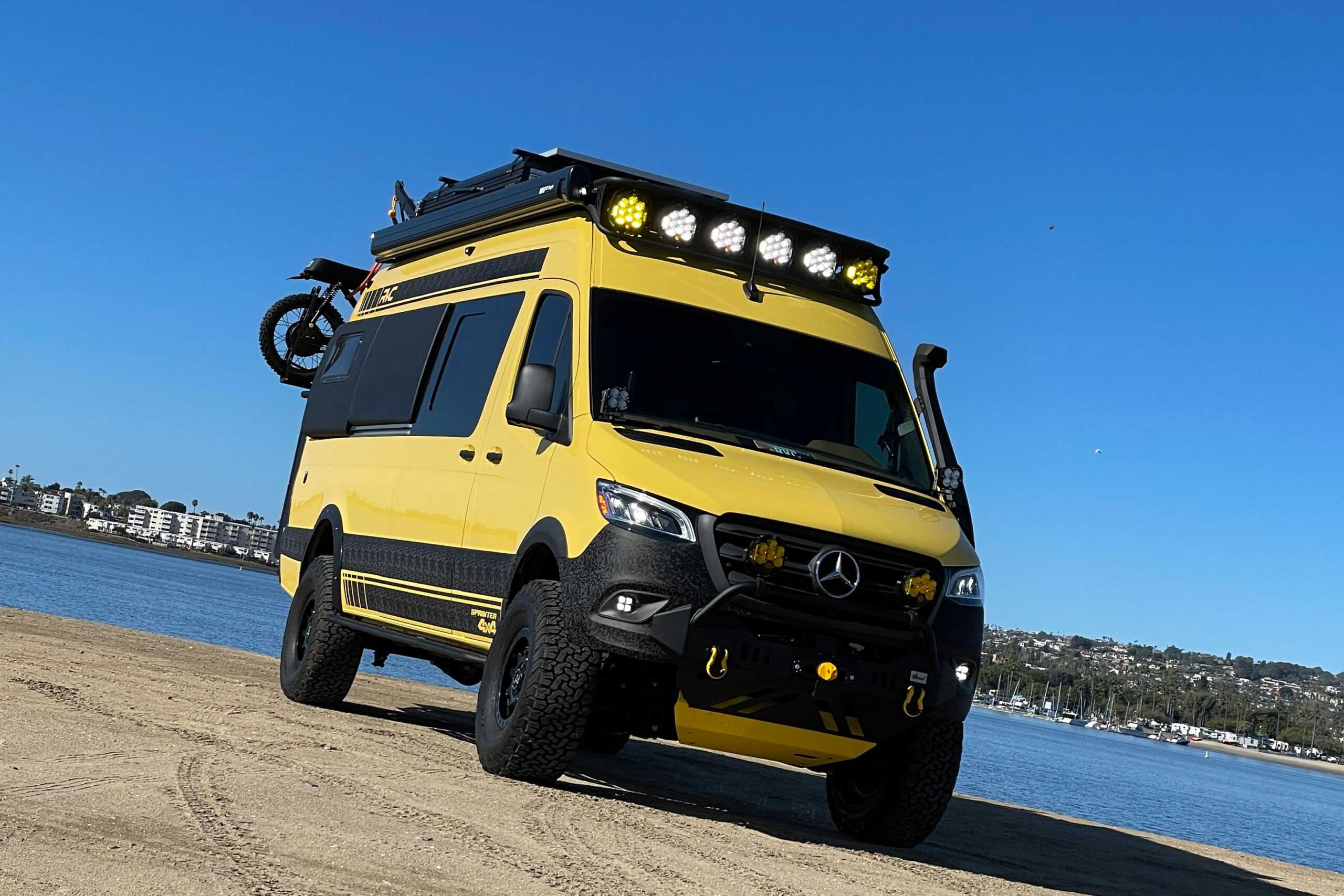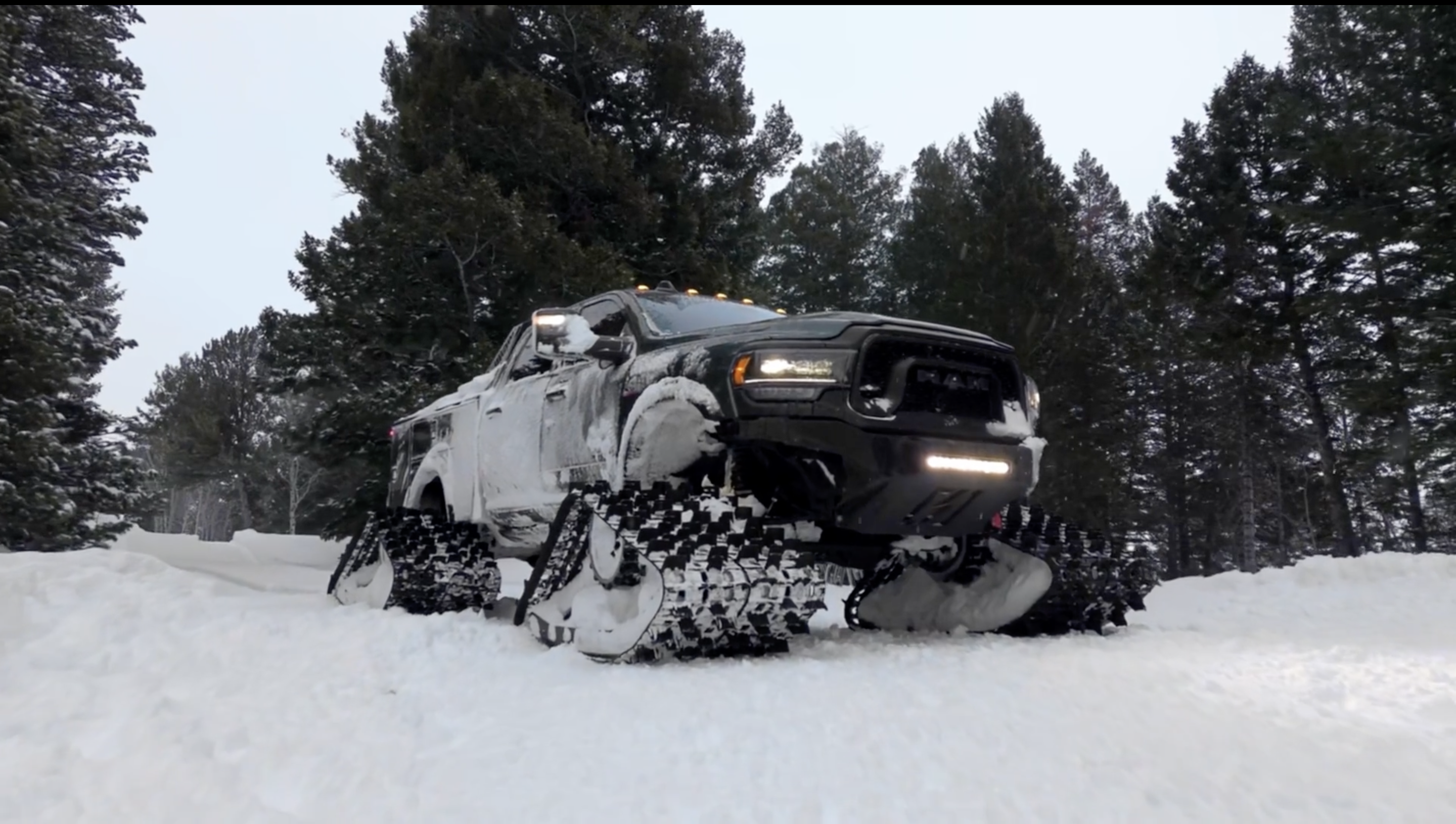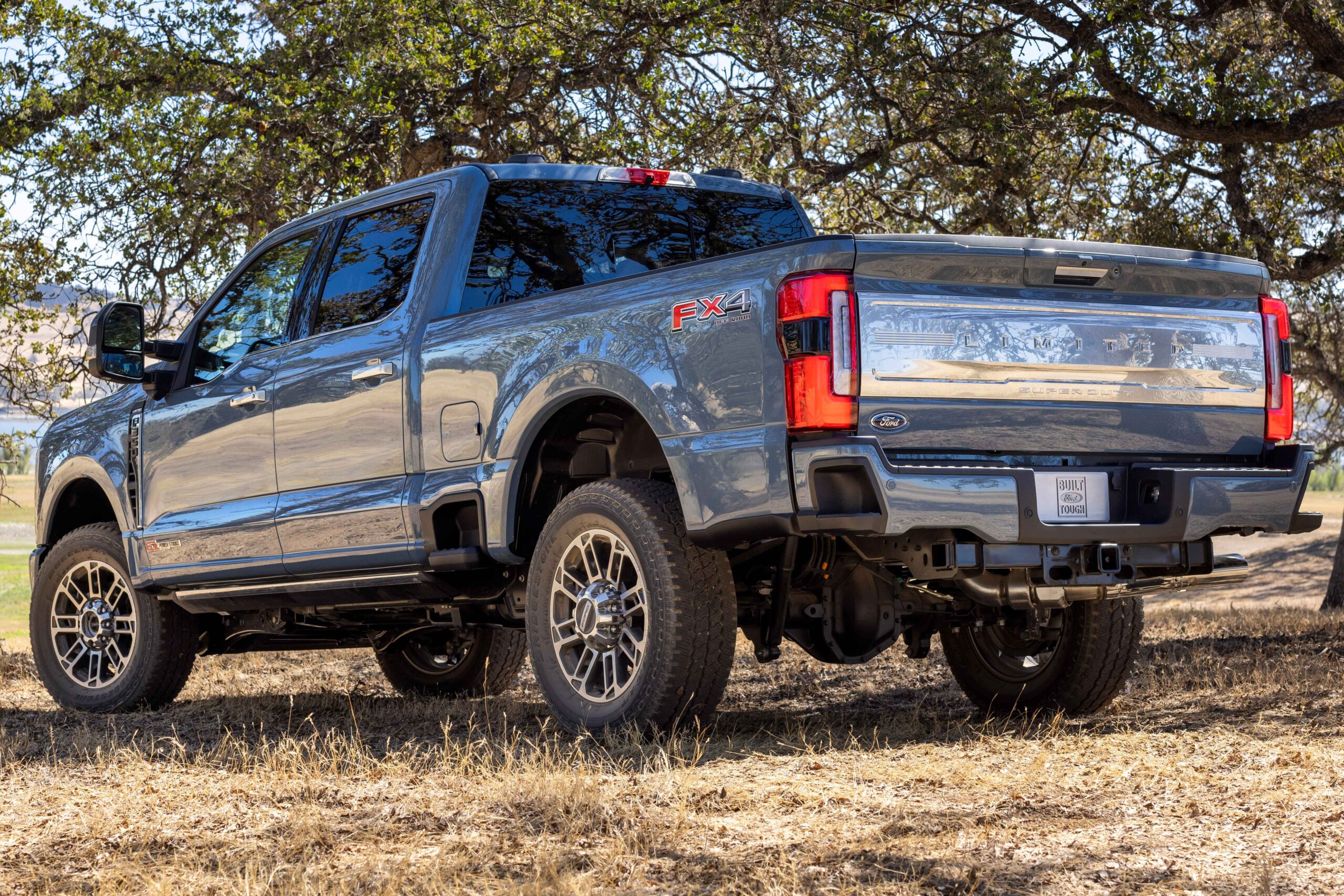Over the past thirty years, lawyers have realized and capitalized on accidents involving commercial trucks. Not only are the companies heavily insured, but the shear size of the truck impacing something as small as a car will almost always win in court.
Many OEMs are working to make their vehicles safer and easier for people to drive. There are vehicles that can park themselves now, let you know if there is a vehicle approaching from the side if you are backing out and even stop if you aren’t necessarily paying attention or are too slow reacting.
Passenger vehicles are not the only vehicles with these features now. “We began by asking ‘what really is the problem?’. The answer is inattention. If you watched the traffic ahead of you the whole time, you wouldn’t need systems like these,” says Carl Johan Almqvist, Traffic & Product Safety Director, Volvo Trucks.
While that may seem a little harsh, after hundreds of miles it is hard to be on guard all of the time. Then you add the late afternoon drowsiness and lots of stupid drivers and you end up with lots of rear end collisions.
There is a radar mounted at axle height and a camera mounted at the top of the windshield to the trucks collision avoidance system an understand the road conditions ahead.
To assist the driver the new Volvo FH Series integrates a radar and camera in the collision warning system to monitor the road ahead. The radar is mounted bumper height and is tasked with sensing the speed and distance of the traffic ahead. The camera is used to calculate the size of the vehicle head and with the data compiled between the two sensors, the truck is able to calculate how much distance is needed in order to safely avoid a collision.
Initially, the system warns the driver with a set of lights projecting on the windshield. If the driver does nothing, then the lights start to flash and a warning sound is made. “In the vast majority of cases, the initial warning signals will attract the driver’s attention,” explained Almgvist.

Initially, the light on the dash (circled here) will be constant. As the vehicle approaches the object in front of the truck, the solid light start to blink and an alarm sounds.
After the warning system has alerted the driver, if the driver continue to ignore the warnings, then the system will engage the braking system slightly. If no reaction is detected, full braking is applied to bring the truck to a safe stop. As the braking system is engaging the brakes, the brake lights on the truck actually start to flash alerting drivers behind the truck an emergency braking event is occurring.
The system will initially be available in Europe but it is expected to be brought to the United States. Hopefully this will help to keep commercial insurance down, reduce accidents and bring the overall operating cost of the fleet down, which all means a lower price in the end for consumers!





